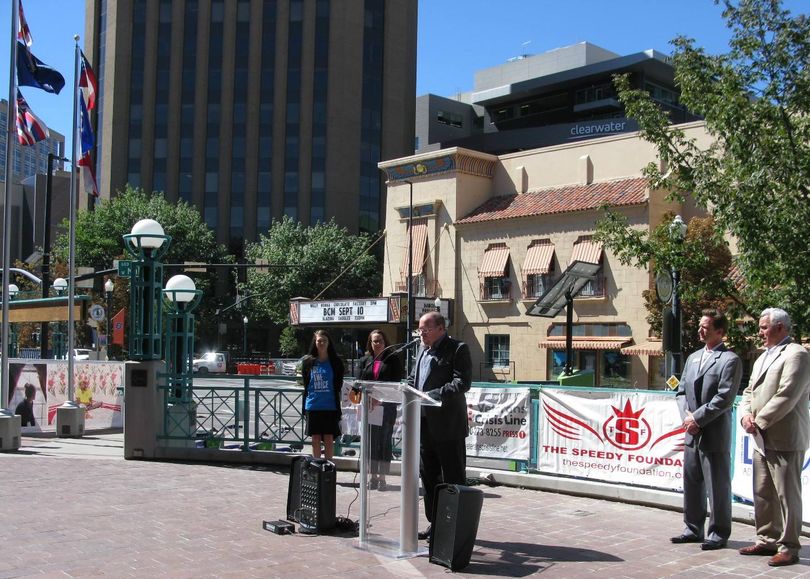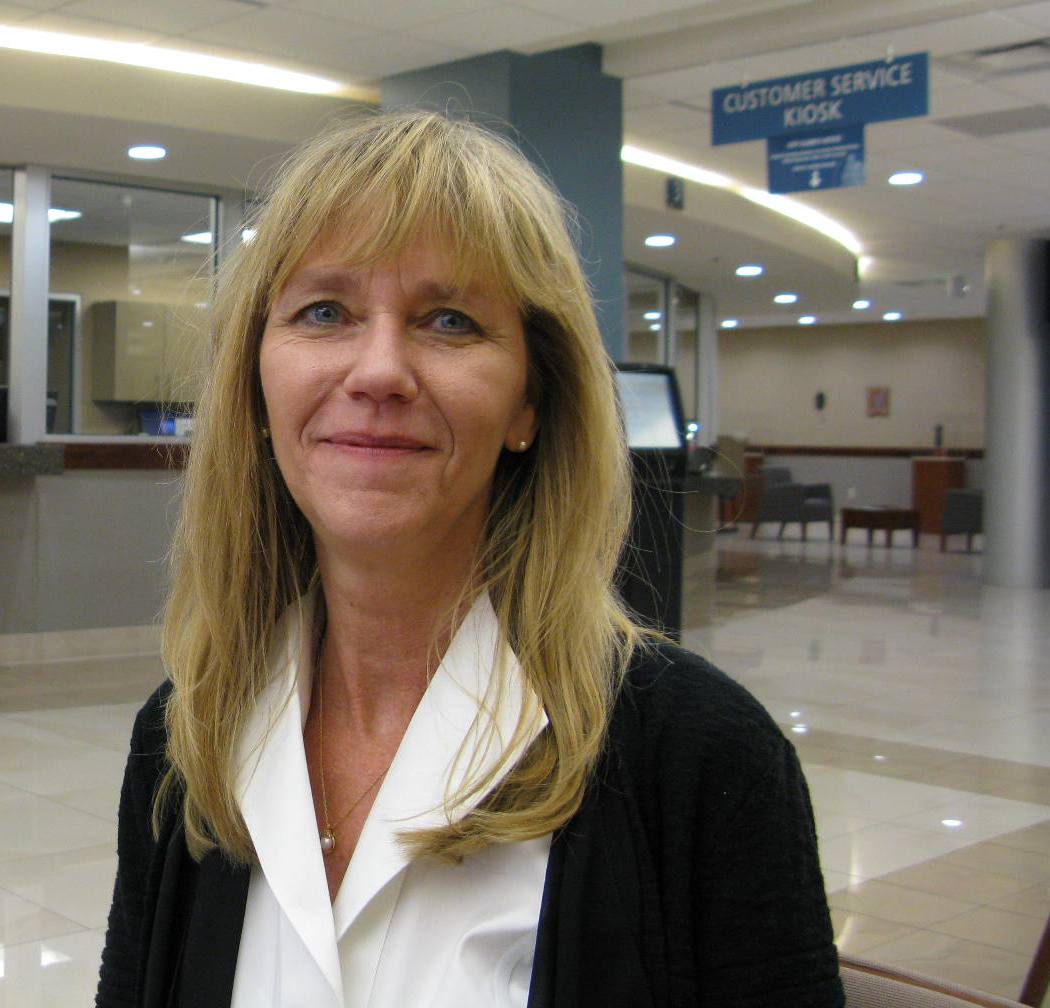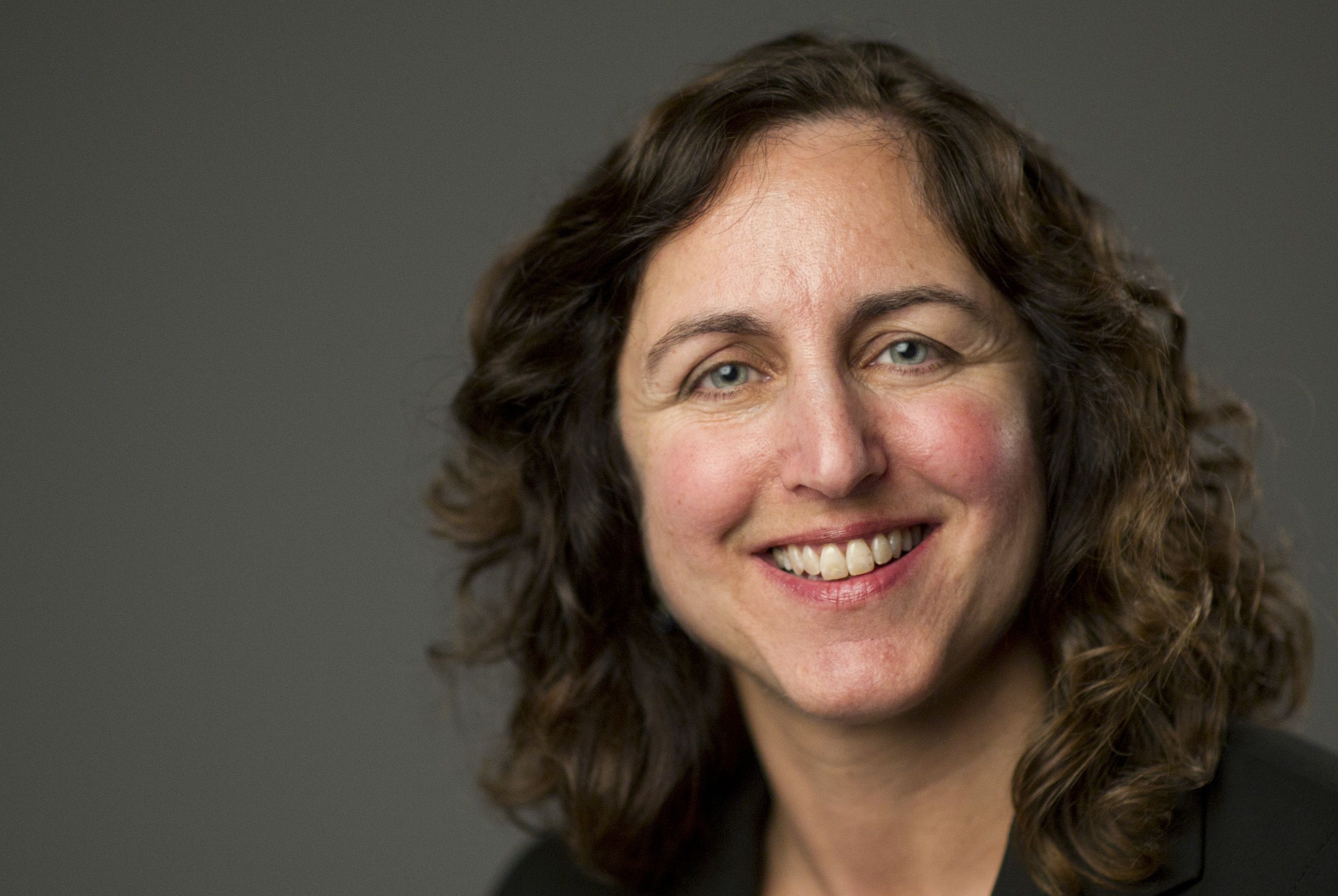Idaho launches new state suicide prevention program

Here's my full story from spokesman.com:
By Betsy Z. Russell
BOISE – Idaho’s suicide rate has long been far above the national average; the state had the 9th highest suicide rate in the country in 2014.
But now, it has something it didn’t have then: A state Office of Suicide Prevention, ongoing state funding for the state’s 24/7 suicide prevention hotline, and an array of groups committed to carrying out a coordinated statewide suicide prevention plan.
State lawmakers this year agreed to create the new state agency, allocated nearly $1 million in ongoing funding, and changed the law that governs the mission of the state Department of Health and Welfare to specifically include suicide prevention.
Advocates celebrated Thursday on the steps of Boise City Hall, where Mayor Dave Bieter issued a proclamation declaring this week Suicide Prevention Week in Boise, and paid tribute to all those who worked to make it happen, including the Speedy Foundation, which formed after Boise native Jaret “Speedy” Peterson, an Olympic silver medalist in 2010 in freestyle skiing, took his own life while battling depression in 2011. The foundation works to prevent suicide, promote conversation to end stigma, and support mental health education.
Kim Kane, director of the new state Office of Suicide Prevention, said, “I think they played important roles in public awareness.”
Nate Fisher, executive director of the Idaho Suicide Prevention Coalition, said when he spoke with legislators, many said they or their families or friends had been affected by suicide. “The stats in Idaho are alarming,” Fisher said. “In talking with legislators about it, almost to a person, they had a story.”
Idaho’s suicide rate in 2014, the most recent year for which figures are available, was 46 percent higher than the national average. Three hundred and twenty Idahoans died by suicide that year, an average of almost one a day. Suicide was the second leading cause of death for Idahoans age 15-34 and for males age 10-14.
Washington’s rate was the nation’s 21st highest.
In 2015, one in five Idaho youth attending public schools reported seriously considering suicide, and 9.8 percent said they’d made at least one suicide attempt.

Asked why Idaho’s rates are so high, Kane, who’s worked in suicide prevention in Idaho for the past 12 years and is the former executive director of SPAN Idaho, the Suicide Prevention Action Network of Idaho, said there are three main factors: A lack of access to behavioral health services that are effective, affordable and geographically accessible; a culture of “rugged individualism” that discourages reaching out for help; and issues regarding safe storage of firearms.
“Those three things come together to make a problematic combination for Idaho and other mountain states that share the same problem,” she said. Montana had the nation’s highest suicide rate in 2014, followed by Alaska.
The new state office is just gearing up; Kane said she’s in the process of hiring the fourth and final employee. She came on board in late August.
John Reusser, director of the Idaho Suicide Prevention Hotline(800-273-TALK) said the hotline launched in 2012 after Idaho had been without a hotline for six years. Operated by trained volunteers, it started out operating four days a week for eight hours a day; now it’s 24/7 and this year is expected to receive more than 6,000 calls.
The new state funding, he said, “really bodes well for our sustainability and our ability to develop our capacity.”
The hotline has just launched a new crisis text number, he said: (208) 398-HELP.
The new state office has three main tasks: Providing 60 percent of the funding needed to continue operating the hotline 24/7; providing prevention programs to youth in Idaho schools aimed at “ongoing wellness” and developing the strength and resilience that can help people avoid becoming suicidal; and a public awareness campaign.
“I think we’re really making a commitment,” Kane said. “It requires a comprehensive approach – it’s difficult. This gives us our first real opportunity to begin that chapter.”
She noted that 90 percent of people who attempt suicide don't end up dying by their own hand. “There is recovery,” she said.
